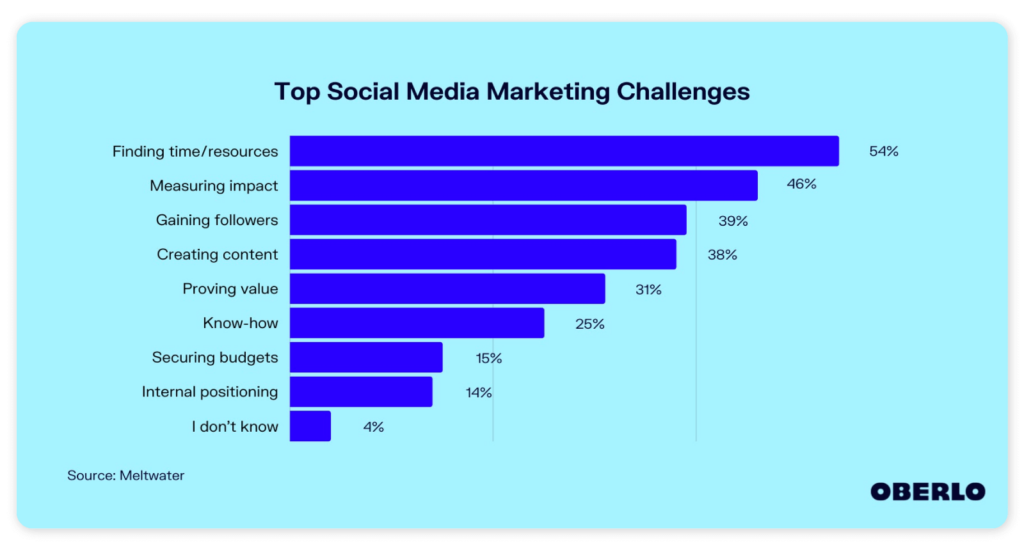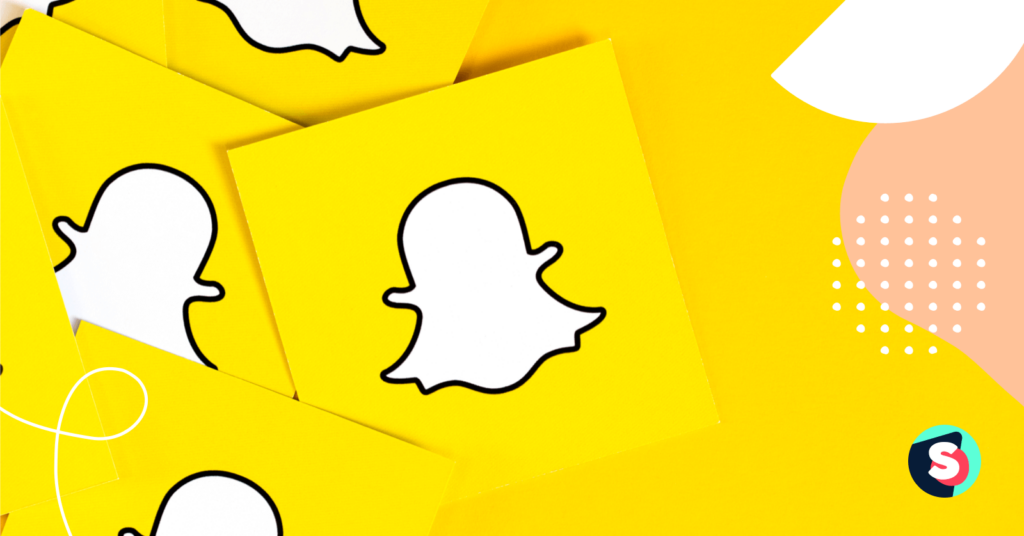Summarize this article via
Be it marketers, businesses, or users—everyone wants to stay on top of the trends, and for that matter, the future of social media continues to command attention. Incessant changes and updates across social media platforms have transformed the way we do business and communicate. So, what does the future hold? How can you stay up to speed?
Let’s unravel the changes and predictions that can impact you and your business in the time to come.
A brief history of social media and how important it is in 2023
The human need to connect and communicate coupled with the advances in digital media has fueled the growth and use of social media.
So, when did social media become popular? Here’s how it all started.
- SixDegrees.com is considered the first true social media site that started in 1997. It marked the beginning of social media platforms. Users could create a profile page. Make a list of connections, and send messages. It had around a million users before being shut down in 2000-01. During the same time, AmIHotorNot.com was launched on which users submitted their photos to be rated by others. It’s currently promoted as Chat and Date.
- Friendsters was launched in 2002 that allowed users to create a profile, add status updates, and display mood. However, an unprecedented rise in traffic impacted the functioning and the users, forcing people to eventually move away from the platform.
- As a direct competition to Friendsters, MySpace was started in 2003 and became popular among the younger generation with over 25 million users. It was sold to NewsCorp later on.
- In 2003, Mark Zuckerberg launched FaceMash and subsequently Facebook was born in 2004. It was during the same year, they had a million users.
- Around the same time between 2003 and 2005, other platforms emerged too such as LinkedIn for professional community, Flickr, WordPress, del.ici.ous, YouTube for video sharing, and Reddit.
- It was in 2006 that Twitter was launched by Jack Dorsey. By 2007, the microblogging trend started with the birth of Tumblr. However, it was the use of hashtags around that time that gave Twitter visibility and in 2009, they added hyperlinks capabilities.
- In 2009, China’s Weibo was launched after Twitter and Facebook were banned in the country. The following year, in 2010, in July, Mike Krieger published one of the first photos on Instagram. Pinterest came into the picture in 2011.
Here’s a quick look at some other defining events in social media.

Why you cannot ignore social media in 2023
Social media helps humanize your brand, drive traffic to your website for conversion, generate leads and customers through effective communication, improve brand recognition, increase engagement with your target audience, and much more!
In fact, around 90% of social media marketers agree that an active online community is critical for a winning social media strategy in 2023. More so, 80% of marketers believe that in 2023 consumers will buy products from social apps than from brand or third-party websites.
Not only that, about 22% of millennials and 36% of Gen Z prefer to search social media to know about brands than search engines.
Will social media ever go away?
The simple answer that experts give is that social media will evolve but not go away. Social media emerged as an extension of human or consumer behavior—the longing to connect and communicate via online networks, and that is why it is here to stay. With that being said, old platforms may become obsolete and new ones will emerge.
Since users are not going away from social media anytime soon in the future, brands and advertisers would need to meet their target audience where they are!
Current trending social media topics
It is important to stay up-to-date about what’s trending on social media platforms. This can help your brand tailor your content so that it aligns with both your brand as well as current trends. Creating relevant content will encourage your target audience to engage and share more frequently.
Since you have to be on top of the trends across different social platforms, it may not sound like an easy feat, especially when everything is so dynamic on social media.
Here, social media management platforms can make your life much easier. Many platforms offer insights into trends on TikTok, Twitter, etc.. For instance, you can explore current trends in social media in 2023 on Sociality.io with much ease. It offers a single dashboard so you do not miss out on anything.
Know how you can use Sociality.io to master social media trends!

7 predictions on the future of social media
Without further ado, let us try to answer queries about where social media is headed. Here are some predictions for the future of social media.
AR and VR will become mainstream with high adoption
Augmented reality (AR) and virtual reality (VR) will not just be limited to photo or video filters on Snapchat and Instagram. With metaverse and NFTs getting attention, AR/VR will play a bigger role in how we interact on social media. Additionally, brands are venturing into creating immersive social shopping experiences (TikTok Shop) that offer virtual try-on features. These features may allow customers to try on items digitally before making a purchase. Brands such as Prada, Farfetch, and Piaget are already diving in.

Search will increase on social media
Gen Z is relying on social media for their day-to-day searches including products, reviews, recommendations, etc. An article suggested that TikTok and Instagram pose a threat to Google Maps and Google Search. In fact, 40% of the younger generation who is looking for a restaurant will go to Instagram or TikTok instead of Google Maps or Search.
Additionally, TikTok’s new search feature relies on keywords from video comments that are linked to the search results, helping users discover new content.

Influencers will weigh in more
A recent survey reported that when it comes to buying decisions, 30% of consumers said that they consider recommendations from influencers, compared to 27% by friends or families. This underlines the importance of the opinions of influencers who specialize or have created a niche for themselves.
Additionally, the number of content creators continues to grow which may intersect with influencers. Surprisingly, 30% of respondents in the 18 to 24 years of age group and 40% in the 25 to 34 years of age group consider themselves content creators.
Users will seek personalized content
As more data will become available, the power to make decisions based on that data will improve too. This data will help brands create more individualized or personalized experiences for their target audience apart from utilizing user-generated content. In fact, purposeful and personalized content will be required to align with the needs of the users. This will help brands hold the interest and improve conversion when the platforms will be flooded with AI-generated or creator-driven content.
Authenticity will be the key
Heard about BeReal? This app became a hit among Gen Z for its authenticity or realness as it gives its users an unfiltered world wherein everything is layered in filters. Many experts believe that post-pandemic as users try to declutch from increased internet use, content preferences will change for more spontaneous and authentic content without editing the bad or unpolished parts.
Audiences don’t just want to see the stage but also behind the curtains.
More creative resources will be required onboard
Images, short-form videos, and live videos continue to dominate social media platforms. Even currently, successfully handling the social accounts of the brands requires more hands on the desk as time and resources remain top challenges for marketers.
In fact, with changing skill sets, hiring practices will shift too. Experts believe that brands will hire makers or creators who have superb skills for content ideation and creation. Not only that, social media managers for an individual platform may be hired in the future. This means the focus will change from social media marketing being a cost center to a money maker in the time to come.

Social media chatbots will become the norm
The AI-powered chatbots will offer automated and seamless customer support to customers across different social media platforms without human intervention. These virtual assistants can also help generate leads, collect valuable customer data, and provide personalization, saving time and ensuring complete support. Brands are already deploying these chatbots on Facebook, Instagram, Twitter, and WhatsApp.
Final Words
Social media changes quickly and no one can for sure say what the future will be like. With that being said, as technology and tools become more relevant, there might be no major differentiation between the virtual and the real world. Nonetheless, social media marketing teams may use these predictions as a starting point to navigate their strategy and seize the power of data to make informed decisions.




